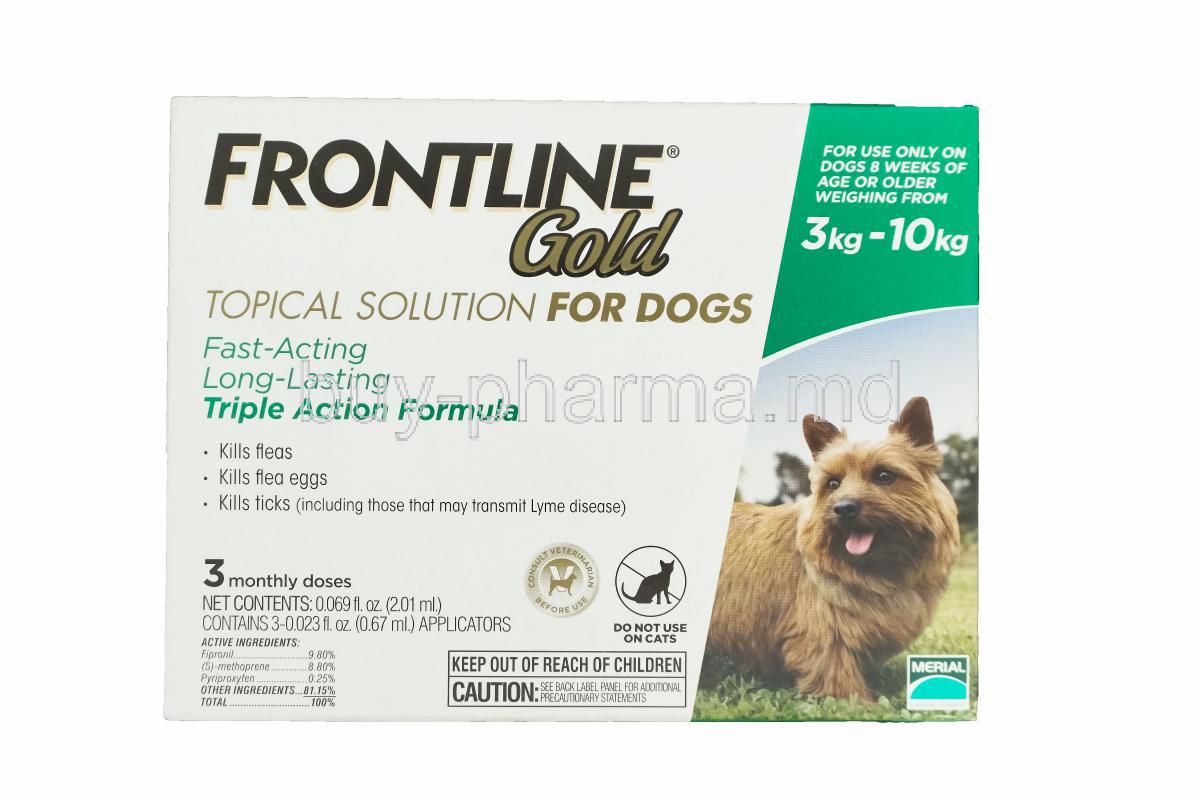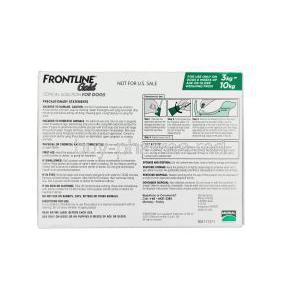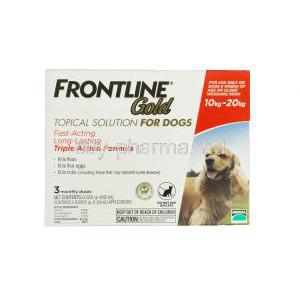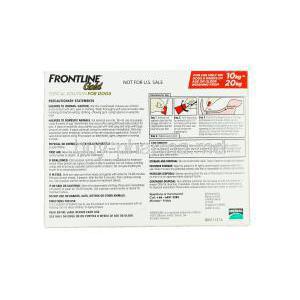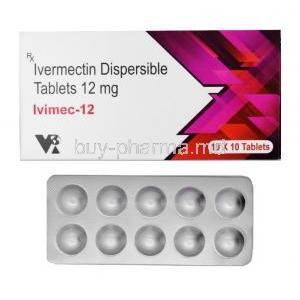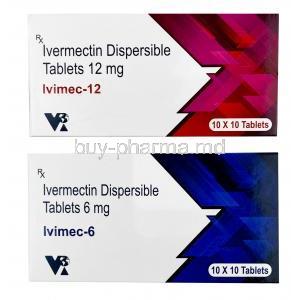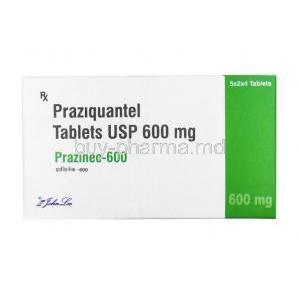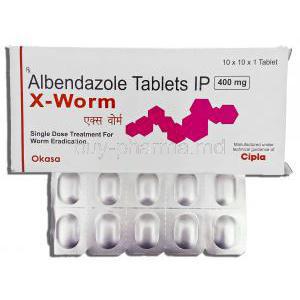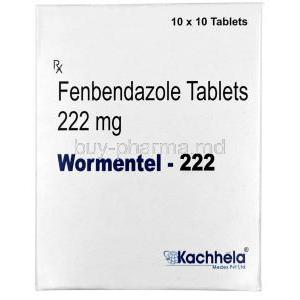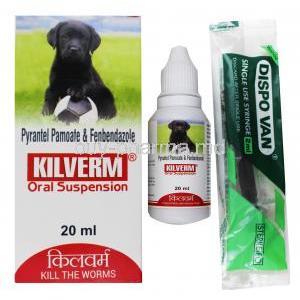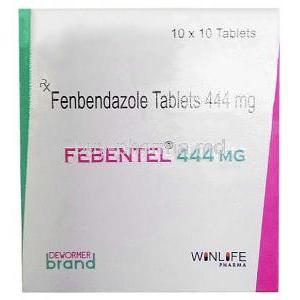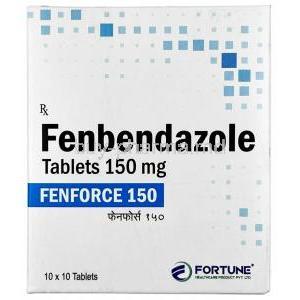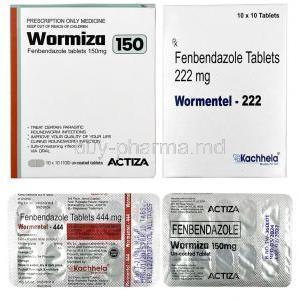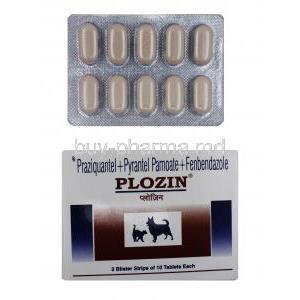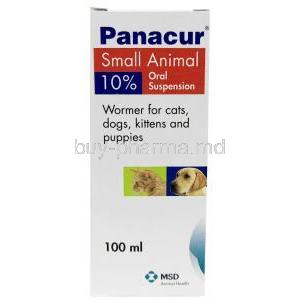Introduction to Frontline Gold for Dogs
Overview of Frontline Gold as a Veterinary Ectoparasiticide
Frontline Gold is a next-generation topical parasiticide formulated to combat persistent infestations of fleas, ticks, and lice in dogs. Engineered with a triple-action formula, this treatment not only eliminates existing parasites but also interrupts their life cycle to prevent future outbreaks.
Importance of Flea and Tick Prevention in Canine Health
Ectoparasites are more than just a nuisance—they pose significant health risks. Fleas can trigger allergic dermatitis and anemia, while ticks are vectors for life-threatening illnesses such as Lyme disease, ehrlichiosis, and anaplasmosis. Frontline Gold provides a critical barrier against these threats.
Comparison with Other Frontline Products (Plus, Shield, etc.)
Compared to its predecessors like Frontline Plus, Frontline Gold incorporates pyriproxyfen in addition to fipronil and (S)-methoprene, enhancing its efficacy against flea eggs and larvae. Frontline Shield offers additional repellent properties, but Gold remains preferred for long-term, sustained killing action.
What Is Frontline Gold Used For in Dogs
Primary Indications
- **Flea infestations** caused by *Ctenocephalides felis* and *C. canis* - **Tick infestations** including *Rhipicephalus sanguineus*, *Dermacentor variabilis*, *Ixodes scapularis*, and *Amblyomma* species - **Chewing lice** (*Trichodectes canis*) elimination
Role in the Prevention of Flea Allergy Dermatitis
Frontline Gold is instrumental in breaking the cycle of flea bite hypersensitivity, a leading cause of flea allergy dermatitis (FAD). By killing fleas before they bite, it reduces allergen exposure and flare-ups.
Use in Integrated Pest Management Protocols
Veterinarians often integrate Frontline Gold into multi-modal pest control strategies. It complements environmental sprays and systemic medications to achieve full-spectrum eradication.
Duration of Efficacy for Fleas and Ticks
Each application provides continuous protection for up to 30 days, with efficacy against fleas beginning within 30 minutes and ticks within 24–48 hours.
Off-Label and Emerging Uses of Frontline Gold in Canine Care
Potential Off-Label Use for Mange
Though not approved for mange, some clinicians may use it adjunctively for *Demodex* or *Sarcoptes* infestations under close supervision.
Preventive Use in High-Risk Environments
Frontline Gold is valuable in rural or wooded environments where dogs face repeated exposure to parasite hotspots, offering preemptive defense.
Use in Wildlife Rescue and Shelter Settings
In high-density animal populations, such as shelters or rescue facilities, Frontline Gold is employed as a first-line agent for outbreak control and prophylaxis.
Active Ingredients and Composition of Frontline Gold
Detailed Breakdown of Ingredients
- **Fipronil**: Attacks adult fleas and ticks by disrupting nerve signals - **(S)-methoprene**: Mimics juvenile hormone, inhibiting flea egg development - **Pyriproxyfen**: Enhances larval and egg-killing potency with a second IGR
Synergistic Mechanism of the Triple-Action Formula
The combination creates a multi-targeted approach: fipronil neutralizes adults, while the two IGRs arrest development of juvenile forms, ensuring complete lifecycle disruption.
Pharmacodynamic Properties
Upon application, the active ingredients spread through the sebaceous glands, forming a reservoir that ensures prolonged surface action and continuous efficacy.
Mechanism of Action: How Frontline Gold Works
Disruption of Central Nervous System
Fipronil targets GABA-regulated chloride channels in fleas and ticks, causing hyperexcitation, paralysis, and death.
Inhibition of Flea Life Cycle
(S)-methoprene and pyriproxyfen prevent eggs from hatching and larvae from developing, thereby halting population regeneration.
Onset of Action and Speed of Kill
Fleas begin dying within 30 minutes of contact. Ticks are affected within 24–48 hours, reducing the risk of pathogen transmission.
Residual Activity and Translocation
The solution diffuses across the skin and coat via natural oils, maintaining consistent coverage even after bathing or light rain.
Proper Dosage and Administration Guidelines
Dosing by Weight Class
- Small Dogs (5–22 lbs) - Medium Dogs (23–44 lbs) - Large Dogs (45–88 lbs) - Extra-Large Dogs (89–132 lbs)
Monthly Application Protocol
One pipette should be applied once a month, preferably on the same calendar date to ensure continuous protection.
Step-by-Step Topical Application Instructions
1. Open the pipette and part the dog’s hair between the shoulder blades. 2. Apply the solution directly onto the skin in 1–2 spots. 3. Avoid contact with fur to ensure full absorption.
Recommendations for Bathing and Swimming Post-Application
- Wait 24 hours post-application before bathing - Use gentle, non-stripping shampoos - Frequent water exposure may reduce duration; reapply as advised
Common and Serious Side Effects of Frontline Gold
Frequently Reported Side Effects
- Mild skin irritation at the application site - Temporary alopecia (hair loss) - Behavioral changes such as lethargy or agitation
Less Common but Serious Reactions
- Neurological symptoms: tremors, muscle twitching, uncoordinated gait - Hypersensitivity: facial swelling, urticaria, or anaphylaxis (rare)
Warnings and Important Precautions Before Use
Not for Use in Cats or Other Non-Canine Species
Accidental use in cats can cause toxicity or fatal reactions due to species-specific sensitivity to fipronil.
Avoidance of Ingestion by Licking
Ensure treated dogs cannot lick the application site or groom each other until dry to prevent oral exposure.
Adherence to Weight-Specific Dosing
Incorrect dosing may lead to overdosing in small breeds or underdosing in large breeds, reducing effectiveness and increasing risk.
Gloves and Handwashing After Application
Handlers should wear gloves or wash hands thoroughly after application to avoid dermal absorption or accidental eye contact.
Contraindications and Cautions in Special Populations
Dogs with a Known Hypersensitivity to Fipronil or Methoprene
Frontline Gold should not be administered to dogs with a documented allergic reaction to fipronil, (S)-methoprene, or any component of the formulation. Hypersensitivity responses may include erythema, swelling, or systemic symptoms such as anaphylaxis, necessitating immediate cessation and veterinary attention.
Dogs with History of Seizure Disorders
Caution is imperative when using Frontline Gold in dogs with a prior history of idiopathic or provoked seizures. While rare, fipronil has been associated with neuroexcitatory side effects. Veterinary consultation is strongly advised before initiating treatment in such cases.
Avoidance in Debilitated or Aging Dogs Without Veterinary Oversight
In geriatric or systemically compromised dogs, the metabolic clearance of topical agents may be altered. Application should proceed only under the guidance of a veterinarian to avoid adverse systemic accumulation or interaction with concurrent therapies.
Special Administration Considerations in Specific Groups
Elderly Dogs
Monitoring Skin Integrity and Absorption Variability
Older dogs often exhibit changes in dermal thickness and lipid production, which may affect the transdermal absorption of topical medications. It is essential to monitor the application site for delayed absorption, irritation, or inefficacy.
Adjusted Monitoring Intervals for Systemic Side Effects
Periodic evaluation for signs of toxicity or systemic distribution is recommended. Symptoms such as lethargy, inappetence, or neurological changes should prompt veterinary review.
Pregnant and Lactating Dogs
Evidence on Safety During Gestation
Although animal studies have not shown teratogenic effects, the use of Frontline Gold during pregnancy should be limited to situations where the benefits outweigh potential risks. Administration should only occur under veterinary advisement.
Excretion of Active Ingredients in Milk – Implications for Nursing Pups
Active components such as fipronil may be excreted in maternal milk, exposing neonates to subtherapeutic doses. Monitoring the litter for any unusual symptoms or developmental delays is prudent.
Risk-Benefit Evaluation in Breeding Programs
When used in breeding bitches, Frontline Gold should be administered based on individualized veterinary assessment, particularly during the peripartum period to minimize chemical exposure to offspring.
Puppies and Juvenile Dogs
Minimum Age and Weight for Safe Use
Frontline Gold is labeled for use in puppies 8 weeks of age or older and weighing at least 5 pounds. Administration below this threshold may result in toxicity or inefficacy.
Considerations for Immature Hepatic Metabolism
Neonatal and juvenile livers may have underdeveloped enzymatic systems, which can delay the breakdown and excretion of active agents. This necessitates strict adherence to age and weight guidelines.
Avoidance in Neonates and Pre-Weaning Puppies
Use is contraindicated in puppies that are not weaned or fail to meet the minimum age/weight requirement, as systemic absorption can be unpredictable and potentially harmful.
Potential Drug and Product Interactions
Use with Other Antiparasitic Agents
Concurrent administration with oral flea/tick medications, such as afoxolaner or spinosad, should be approached with caution. Synergistic toxicity may occur without veterinary oversight.
Interaction with Corticosteroid Therapy or Immunosuppressants
When used alongside corticosteroids or immune-modulating drugs, there may be an altered inflammatory response at the application site or increased systemic susceptibility to parasitic loads.
Compatibility with Skin Barrier Creams or Shampoos
Products containing oils, emollients, or strong surfactants may interfere with the lipophilic spread of Frontline Gold. Non-medicated, gentle shampoos are preferable within 48 hours of application.
Handling, Storage, and Disposal Instructions
Recommended Storage Conditions
Store at temperatures between 15°C to 30°C (59°F to 86°F). Protect from direct sunlight and humidity to preserve product stability and potency.
Safe Disposal of Applicators and Packaging
Used applicators should be discarded in a sealed, non-recyclable container. Do not dispose of in household drains or outdoor soil to prevent environmental contamination.
Pet and Child Safety During and After Application
Keep treated animals isolated from children and other pets until the product is fully absorbed and the application site is dry. Prevent licking or close contact with mucous membranes.
Overdose and Emergency Management
Symptoms of Overdose in Dogs
Signs may include hypersalivation, vomiting, tremors, or generalized weakness. In severe cases, seizures or respiratory distress can occur, particularly with multiple or incorrectly dosed applications.
First Aid Measures and When to Seek Veterinary Help
If overdose is suspected, immediately bathe the dog with mild soap and rinse thoroughly. Contact a veterinarian or emergency clinic with product information readily available.
Decontamination Protocols and Supportive Care
Veterinary intervention may involve: - Activated charcoal (if ingested) - IV fluids to support renal clearance - Anticonvulsants in case of seizures - Skin barrier restoration treatments
Handling Precautions for Owners and Caregivers
Use of Gloves and Hand Hygiene Post-Application
To avoid dermal exposure, wear disposable gloves during application. Wash hands thoroughly with soap and water afterward to prevent residue transfer.
Avoidance of Contact with Treated Area Until Dry
The solution should be allowed to dry completely before resuming contact. Avoid petting the application site and ensure children do not touch the treated dog for several hours.
Guidelines for Multi-Pet Households to Prevent Cross-Contamination
Separate treated pets from untreated companions to avoid grooming-induced ingestion or transfer. Monitor for accidental exposure in cats, for whom fipronil is contraindicated.

